Born in Guangzhou, raised in Hong Kong, and educated across several continents, Fai Au investigates new directions in architecture through his work as a designer, professor, and curator. Yet the constant self-reminder of his practice is to return to the fundamentals of architecture—form, space, light, and material. Resisting the overexuberant production of architectural forms by fast and convenient computational tools, Au instead hopes to arrive at design solutions that anchor deeply into the cultural and physical context, manifest the essence of place, and respond to regional climate and local building technology.
Luofu Mountain Museum: Located in the scenic district of the sacred Luofu Mountain, among the famous Taoist mountains in China, this 14,000-square-foot museum provides display spaces for wood and stone sculptures by local artists and exhibitions showing the development history of the scenic district and the history of vernacular culture. Its rectilinear form gently sinks into the slope of the mountain and wraps a semi-open courtyard space. Local materials such as bamboo, limestone, and oyster shell are used as shading devices, wall construction, building skin, and texture palettes, recalling the traditional Chinese wisdom of sustainable design and construction techniques.
Church of Seed: Also located at Luofu Mountain, the Church of Seed provides not only worship and meditation space for Christians but recreational and gathering places for people from the surrounding villages. The design is inspired by the story of a seed in the Bible. A curve that marks the enclosing wall splits into three: the southeast-facing wall has a cross-shape opening that invites the morning sun; the solid, west-facing wall blocks the afternoon sun; and the cavity of the north-facing wall accommodates building services. The stepped roof surface, with scooped light wells, allows diffuse northern light into the interior.
National Proteome Science Center: For this project, O Studio designed the entrance space for the National Proteome Science Center, one of the most important centers for genetic research in China. The firm created a four-story volume infused with daylight from an expansive roof skylight. Reconstituted stone and white stucco are the two primary materials that shape the minimal and abstract space, which is highlighted by a dramatic spiral staircase.
FOUNDED: 2011
DESIGN STAFF: 3
PRINCIPAL: Fai Au
EDUCATION: Harvard Graduate School of Design, M.Des., 2011; Chinese University of Hong Kong, M.A. (Philosophy), 2008; Royal Melbourne Institute of Technology, B.Arch., 1999
WORK HISTORY: Rocco Design, 2010; OMA, 2009; ADARC, 2005–08; Aedas, 2005; P&T Group, 2002–05
KEY COMPLETED PROJECTS: Snowland Air Base, Zhangjiakou, 2020; Green Origin Ice Wine Pavilion, Zhangjiakou, 2019; National Proteome Science Center, Beijing, 2015; Church of Seed, Huizhou, 2011; Luofu Mountain Museum, Huizhou, 2011 (all in China)
KEY CURRENT PROJECTS: Snowland Cultural Center; Laurent Peak Hotel; Bailong Museum (all in Zhangjiakou, China)

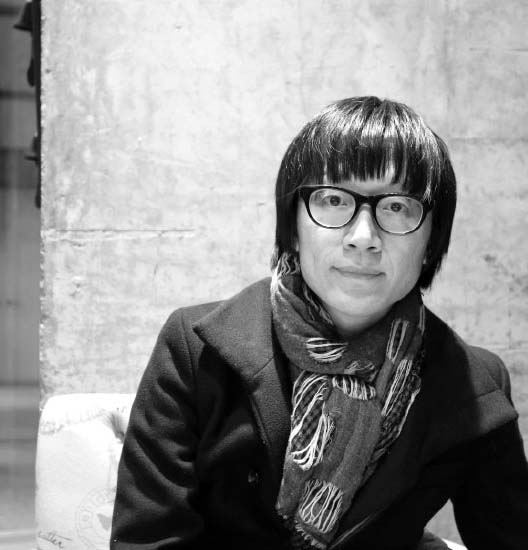
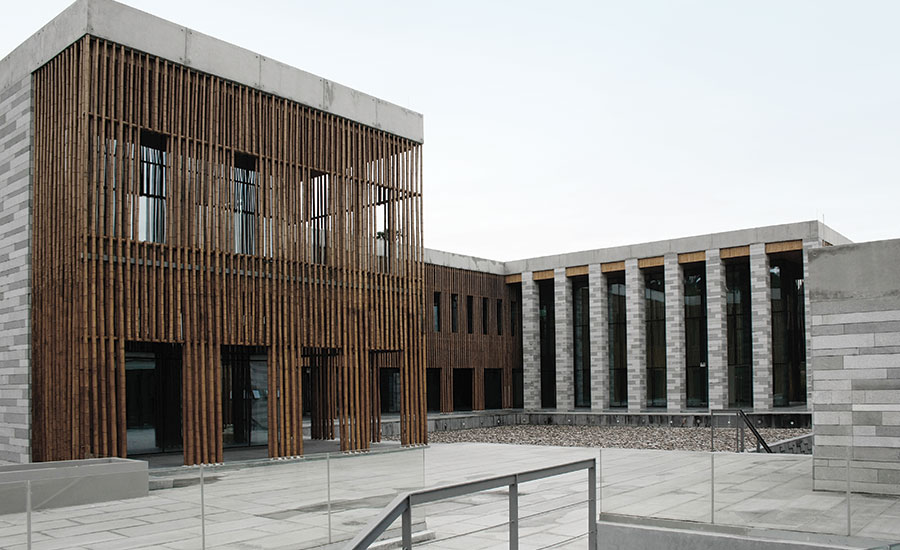
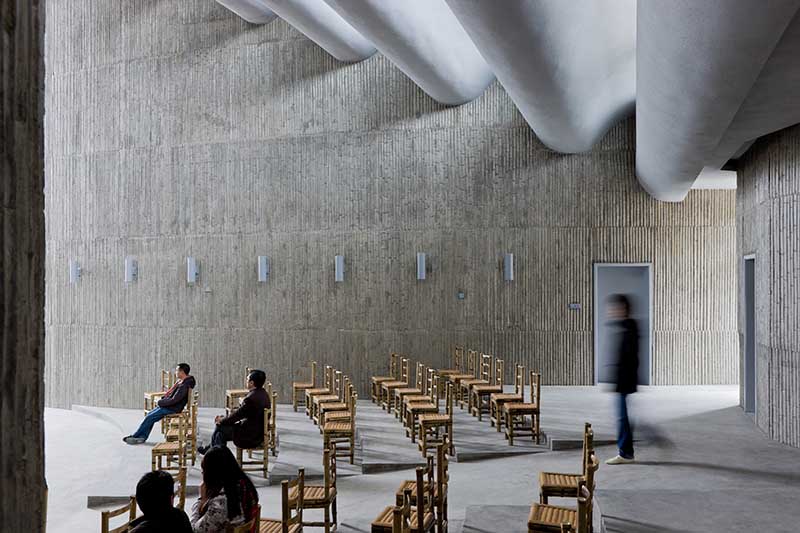
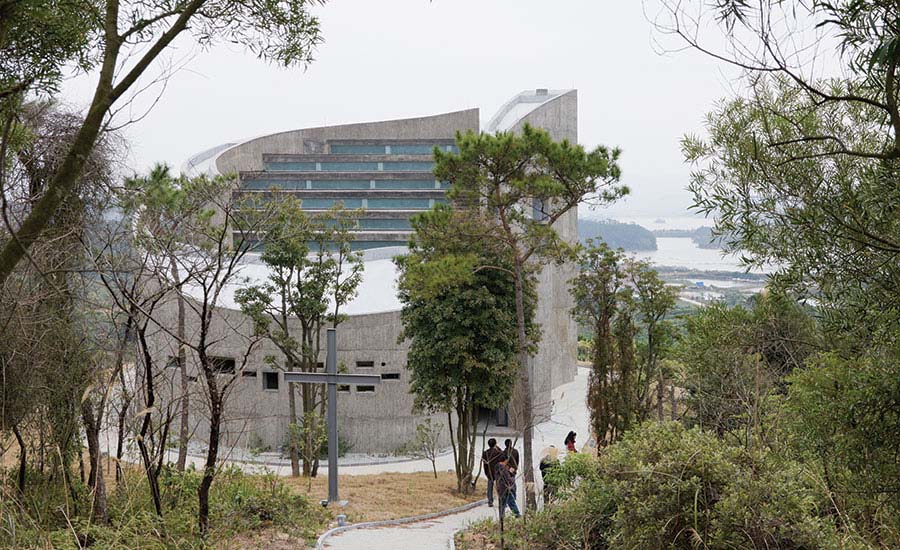
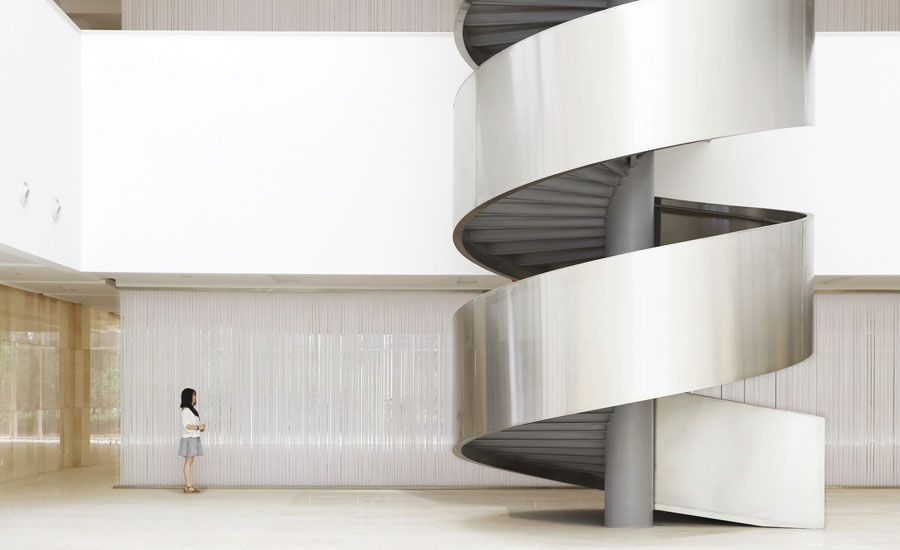



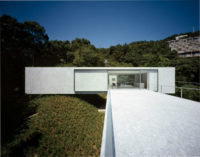
Post a comment to this article
Report Abusive Comment